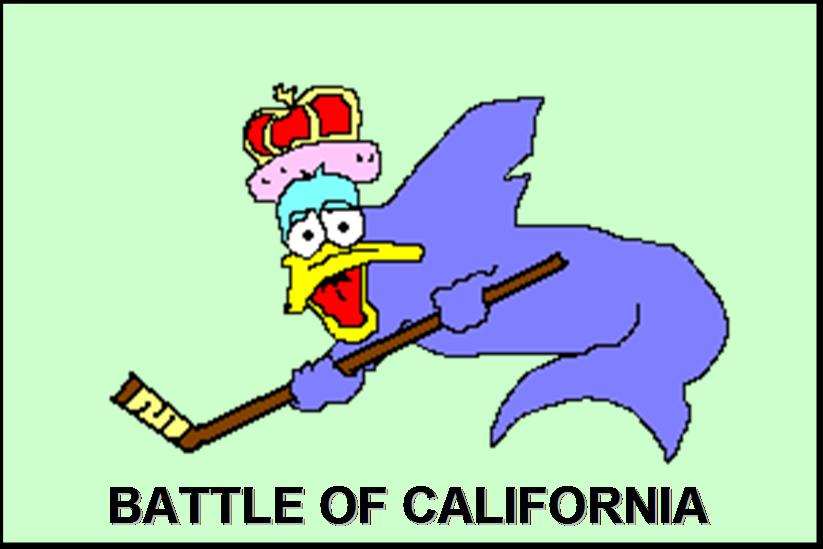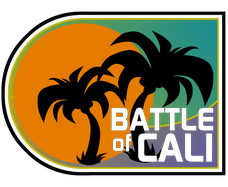Correlated Ice Times: Who Drives the Boat?
Statistically speaking, one of the difficulties in measuring individual hockey performance is that there are lots of interrelated factors occurring at the same time. An individual’s +/- rating, for example, depends a lot on who he is playing with and who he is playing against (especially both of the goaltenders).
Sure, on every goal scored the NHL gives data about who was on the ice at discreet moments in a hockey game, but there is little context to hold these events up against. It would be kind of like judging an MLB batter just based on his hits without having data on any of his unsuccessful at-bats; it’s just not a complete story.
Enter JavaGeek, the king of number crunching, who has concocted a method of extracting such shift data from what really are some pretty challenging sources (I highly recommend reading his Intro to Shift Analysis to better appreciate some of the hurdles). Essentially, JG is able to fill in a missing piece of the puzzle, what percentage of situational ice time an individual shares with a specific teammate. And at my enthusiastic insistence, he was kind enough to run these ice-time scripts for my beloved Ducks.
As an intro to how this concept plays out, let’s consider how Andy McDonald and Teemu Selanne played only at even strength:
| T. Selanne | A. McDonald | |
|---|---|---|
| Pct. of E.S. TOI | 77% | 77% |
| Pct. of E.S. ‘Plus’ events | 80% | 93% |
| Pct. of E.S. ‘Minus’ events | 78% | 83% |
| T. Selanne | A. McDonald | |
|---|---|---|
| Pct. of E.S. TOI | 23% | 23% |
| Pct. of E.S. ‘Plus’ events | 20% | 7% |
| Pct. of E.S. ‘Minus’ events | 22% | 17% |
So based on these numbers, the idea is that Selanne continued to score without McDonald better than McDonald could without Selanne. In other words, McDonald’s ability to generate ‘pluses’ appears to be awfully Teemu-dependent; Selanne looks to be driving the metaphorical boat when it comes to even-strength scoring. (Of course, had the Finnish Flash concentrated more on driving actual boats than metaphorical ones, perhaps his boat would still be above water.)
This system of shift analysis still has some work ahead of it, for sure (opposition is still a factor to consider), but I got money on JG being the guy to get there first. I’ll have more on the Duck-specific correlation numbers on a later post, but I did want to demonstrate the concept a bit first before delving into some more of the 05-06 results.









3 comments:
opposition is still a factor to consider
I recommend reading: Strength of Opposition:
The Question of Existence.
I'll reply on your site, but I think there is still something to be said about opposition, or at least the 'role of opposition'.
Selanne's opposition (with or without McD) is generally the 'top stoppers', those designated to shut down our top threat. McDonald without Selanne, as I recall, generally was a demotion from the top line, giving him a different dynamic of opposition.
I think opposition 'role' factors still play into the +/- outcome, even if over a season it may blend itself out.
There is so much to take into consideration. It's madness.
Great stuff though, I'll check out the Geek's site.
Post a Comment